Technology and Digital Initiatives
Innovative Approaches for Museums
About the Series
The Innovative Approaches for Museums series offers case studies, written by scholars and practitioners from museums, galleries, and other institutions, that showcase the original, transformative, and sometimes wholly re-invented methods, techniques, systems, theories, and actions that demonstrate innovative work being done in the museum and cultural sector throughout the world. The authors come from a variety of institutionsin size, type, budget, audience, mission, and collection scope. Each volume offers ideas and support to those working in museums while serving as a resource and primer, as much as inspiration, for students and the museum staff and faculty training future professionals who will further develop future innovative approaches.
About the Series Editor
Juilee Decker is an associate professor of Museum Studies at Rochester Institute of Technology (RIT) where she teaches courses focusing on museums and technology so as to bring theory and praxis together in the classroom environment. She has worked as a public art consultant and advisor for more than 15 years and has managed several public and private collections of public art. Since 2008, she has served as editor of Collections: A Journal for Museum and Archives Professionals , a peer-reviewed journal published by Rowman and Littlefield.
Titles in the Series
Technology and Digital Initiatives: Innovative Approaches for Museums
Engagement and Access: Innovative Approaches for Museums
Collections Care and Stewardship: Innovative Approaches for Museums
Fundraising and Strategic Planning: Innovative Approaches for Museums
Technology and Digital Initiatives
Innovative Approaches for Museums
Edited by Juilee Decker
ROWMAN & LITTLEFIELD
Lanham Boulder New York London
Published by Rowman & Littlefield
A wholly owned subsidiary of The Rowman & Littlefield Publishing Group, Inc.
4501 Forbes Boulevard, Suite 200, Lanham, Maryland 20706
www.rowman.com
Unit A, Whitacre Mews, 26-34 Stannary Street, London SE11 4AB
Copyright 2015 by Rowman & Littlefield
All rights reserved . No part of this book may be reproduced in any form or by any electronic or mechanical means, including information storage and retrieval systems, without written permission from the publisher, except by a reviewer who may quote passages in a review.
British Library Cataloguing in Publication Information Available
Library of Congress Cataloging-in-Publication Data
Technology and digital initiatives : innovative approaches for museums / edited by Juilee Decker.
pages cm. (Innovative approaches for museums)
Includes bibliographical references and index.
ISBN 978-1-4422-3873-2 (pbk. : alk. paper) ISBN 978-1-4422-3874-9 (electronic) 1. MuseumsEducational aspects. 2. Web-based instruction. 3. MuseumsInformation technology. 4. Museum techniques. 5. MuseumsEducational aspectsCase studies. 6. Web-based instructionCase studies. 7. MuseumsInformation technologyCase studies. 8. Museum techniquesCase studies. I. Decker, Juilee, editor. II. Title.
AM7.T46 2015
069'.15dc23
2015008742
 The paper used in this publication meets the minimum requirements of American National Standard for Information SciencesPermanence of Paper for Printed Library Materials, ANSI/NISO Z39.48-1992.
The paper used in this publication meets the minimum requirements of American National Standard for Information SciencesPermanence of Paper for Printed Library Materials, ANSI/NISO Z39.48-1992.
Printed in the United States of America
Introduction
On January 1, 2015, the Freer Gallery of Art and the Arthur M. Sackler Gallery, the Smithsonians museums of Asian art, released their entire collections online. In telling about the exciting move, Julian Raby, director of the museums, reported, We strive to promote the love and study of Asian art, and the best way we can do so is to free our unmatched resources to inspire appreciation, academic study, and artistic creation. The release portends single (and, in some cases, additional detail) images across the collection. Future releases will include additional functionality, such as sharing, curation, and community-based research, that will enable viewers to remix the content and context of the imagery representing works from Neolithic times to the present day. In his commentary, Raby discussed the digital tipping pointa moment at which a larger change is caused or takes hold. Is the digital tipping point now? Is it on the horizon? Is it global or is it confined institutionally? This release of more than 10 TB of data and 50,000 images is part of a larger digital initiative that has also made available recordings of concerts held at the museum over the past twenty years.
The Freer and Sackler galleries digital release of their entire collections is invoked as a prime example of expanding access; but, of course, this project is evidence of a technological application and digital initiative. When speaking of access, too, we engender discussions of excess (what is too much?) and authenticity. Are authenticity and tangibility outsourced by the digital surrogate?
The Freer and Sackler galleries digital release is also an extension of the digitization made possible through a large-scale initiative that allows individuals, organizations, and institutions to curate exhibitions of their own treasures. Google Cultural Institute, the division of Google that brings cultural treasures online and makes them accessible, has led efforts such as digitization of the Dead Sea Scrolls, documentation of the World Wonders in Street View and 3-D, and enhancement of digital access through Art Project. In late 2014, Google announced the release of a new technology platform to enable museums to take advantage of Google technology, including StreetView and YouTube, with the aim of using the app at home or in the museumall the while sharing collections with friends on social networks. The first round of apps was produced in conjunction with eleven institutions. This Open Gallery platform enables registered usersindividuals and museumsto upload images, videos, and audios to create online exhibitions. Put simply, Google Open Gallery has supplied highly sophisticated tools for museums to develop virtual collections.
Technology and digital initiatives represent a significant area of growth and potential for museums. For museum professionals and viewers alike, technology and the digitalhowever construed, mediated, and ingestedhave become tools of the trade. Just as in everyday life, technology and digital tools may be visible within the four walls of the gallery, or they may be hidden from view. In fact, information and communication technology is widely used and accepted in the museum. Examples range from viewer-focused enterprises, such as information kiosks, portable guides, and Wi-Fibased enhancements, to the exhibition experience to back-end applications within the museum, such as integrated telephone and wireless signals, database storage, and points of access for communication, membership, and visitor-experience data.
Technology and Digital Initiatives: Innovative Approaches for Museums provides context for the myriad ways in which technology and the digital have been fused to the museum, its ethos, and its networksliterally and figuratively. Even the nomenclature of museum staff positions are beginning to take cues from industry: museums are creating, defining, and appointing so-named positions, such as Chief Digital Officer (CDO); Head of Web, New Media, and Outreach; and Vice Director of Digital Engagement and Technology, bearing witness to the ways in which the areas of digital, engagement, and outreach are married in a way that may have been unpredictable even just a year ago. In the business sector, CDOs address the impact and maintenance of the digital (read mobile ) revolution and try to examine not only the product but also the entire workflow in digital (again, mobile) terms. Their aim is to provide a consistent experience across a mind-boggling number of devices, each with their own unique capabilities and restrictions. The solution to engagement and other aspirations is not, simply, to plug and play, but, instead, it takes vision, discipline, and a thorough understanding of a broad set of technologies to effect digital change.
Next page
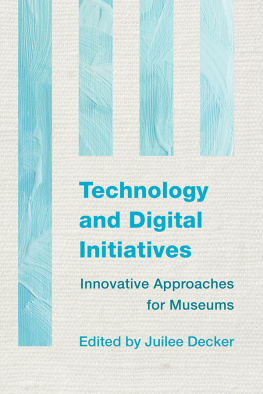
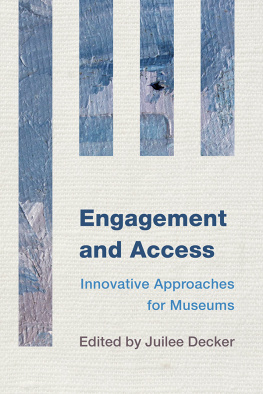
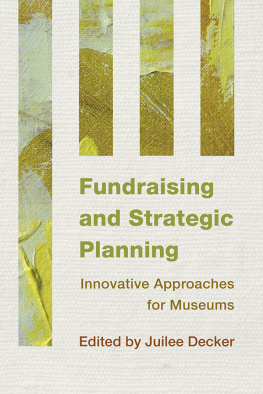
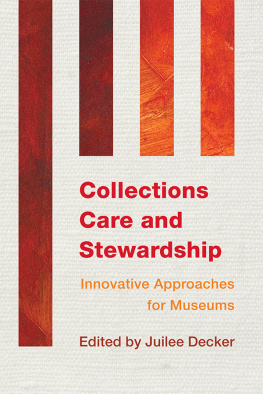
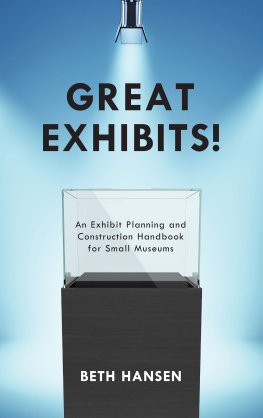
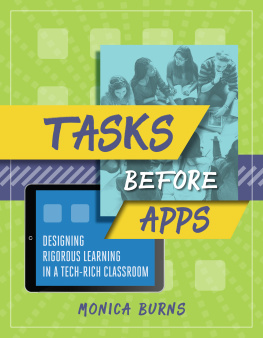
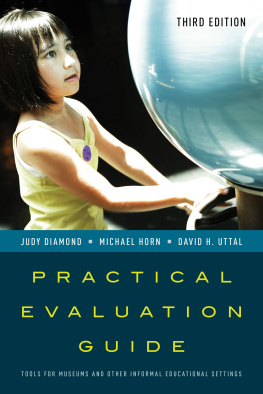

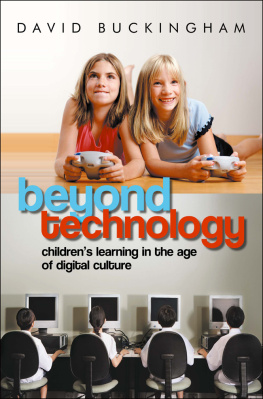
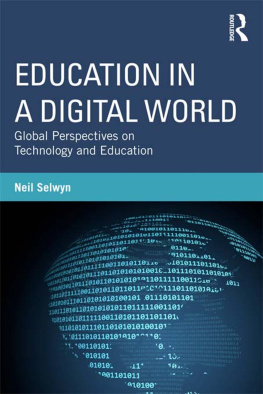

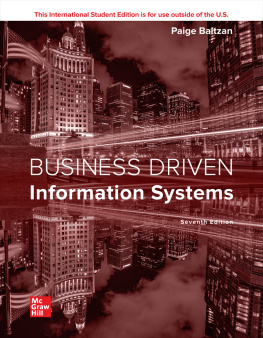

 The paper used in this publication meets the minimum requirements of American National Standard for Information SciencesPermanence of Paper for Printed Library Materials, ANSI/NISO Z39.48-1992.
The paper used in this publication meets the minimum requirements of American National Standard for Information SciencesPermanence of Paper for Printed Library Materials, ANSI/NISO Z39.48-1992.